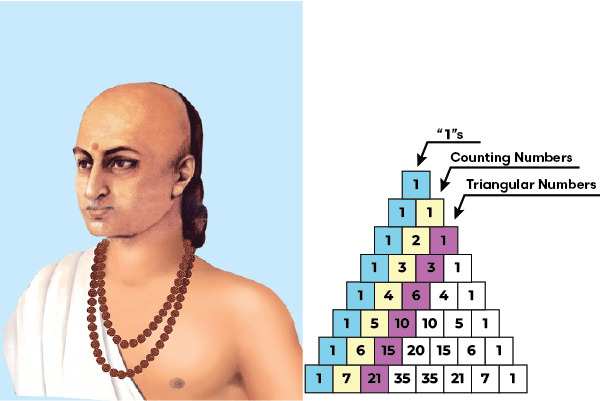Our country is a scientifically promising country. Historically, Indians have invented the number system, algebra, trigonometry… in one word: Math. We had incredible talent in India and we are sure that your child is one of them. Now, discover more about our heritage.
Pascal’s Triangle
Even if Pascal was a French Mathematician, the Pascal’s Triangle has been studied and invented in India by Halayudha, an Indian commentator in his 10th century commentary on Chandah Shastra, an ancient Indian book.
Halayudha’s Triangle (let give it a new name) is used in Algebra and in Probability (in order to find combinations). It is probably the easiest way to expand binomials; this is why this triangle is part of the Mathematics curriculum in High School.

Unlock Your Child's Math Potential with beGalileo!

🚀 Transform their math skills with personalized, 1-on-1 classes.
🧮 Experience integrated math and coding for real-world application.
👦 See your child excel—start with a Free Trial Math Class today!
Incense Clock
Incense Clock is believed to have originated in India. The principle is indeed simple: incense clocks used burning incense to measure time. The most common forms include the incense stick and incense seal.
An incense stick clock was an incense stick with calibrations; they had threads, with weights attached. The weights would drop onto a platter or gong below, signifying that a certain amount of time had elapsed. Incense clocks were commonly used at homes and temples in dynastic times.

